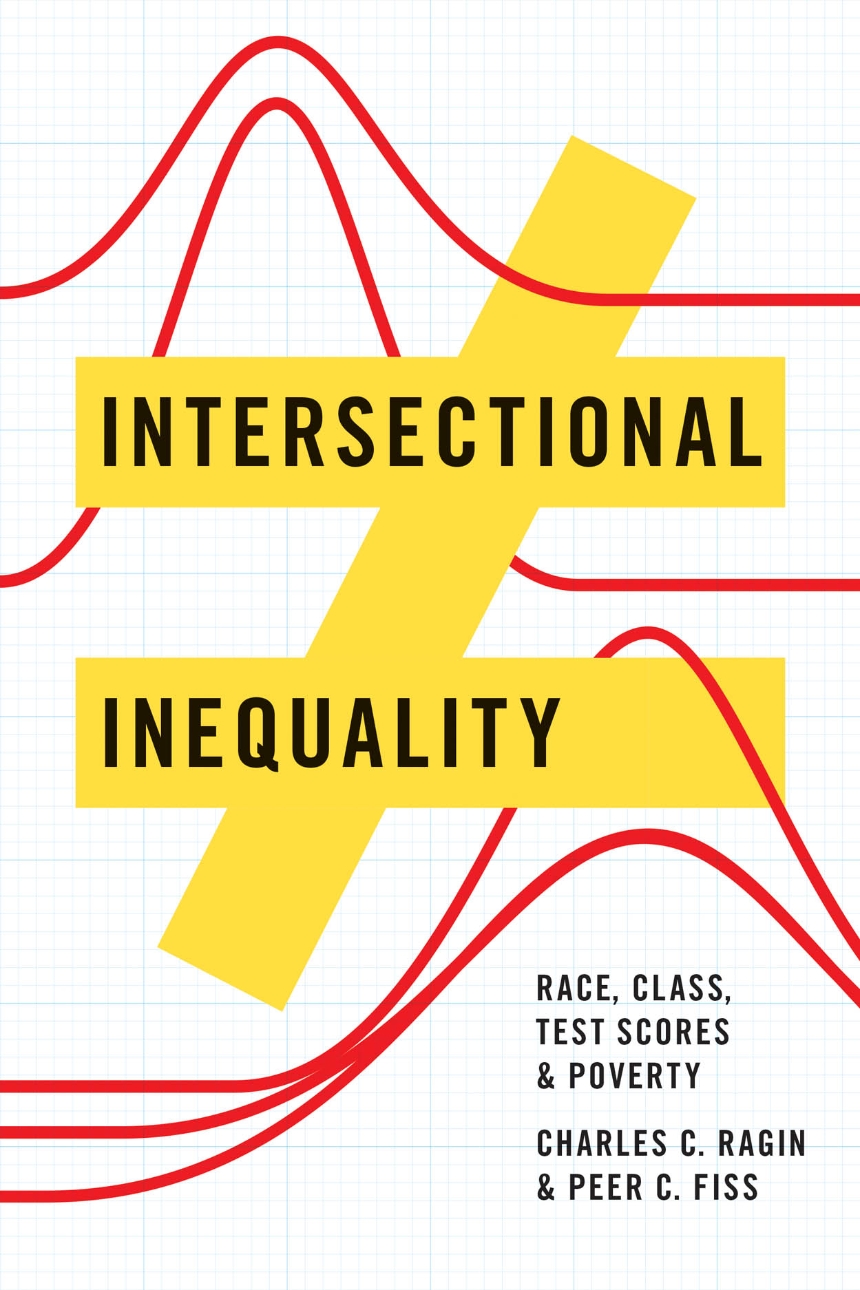Intersectional Inequality
Race, Class, Test Scores, and Poverty
9780226414409
9780226414379
9780226414546
Intersectional Inequality
Race, Class, Test Scores, and Poverty
For over twenty-five years, Charles C. Ragin has developed Qualitative Comparative Analysis and related set-analytic techniques as a means of bridging qualitative and quantitative methods of research. Now, with Peer C. Fiss, Ragin uses these impressive new tools to unravel the varied conditions affecting life chances.
Ragin and Fiss begin by taking up the controversy regarding the relative importance of test scores versus socioeconomic background on life chances, a debate that has raged since the 1994 publication of Richard Herrnstein and Charles Murray’s TheBell Curve. In contrast to prior work, Ragin and Fiss bring an intersectional approach to the evidence, analyzing the different ways that advantages and disadvantages combine in their impact on life chances. Moving beyond controversy and fixed policy positions, the authors propose sophisticated new methods of analysis to underscore the importance of attending to configurations of race, gender, family background, educational achievement, and related conditions when addressing social inequality in America today.
Ragin and Fiss begin by taking up the controversy regarding the relative importance of test scores versus socioeconomic background on life chances, a debate that has raged since the 1994 publication of Richard Herrnstein and Charles Murray’s TheBell Curve. In contrast to prior work, Ragin and Fiss bring an intersectional approach to the evidence, analyzing the different ways that advantages and disadvantages combine in their impact on life chances. Moving beyond controversy and fixed policy positions, the authors propose sophisticated new methods of analysis to underscore the importance of attending to configurations of race, gender, family background, educational achievement, and related conditions when addressing social inequality in America today.
192 pages | 9 line drawings, 46 tables | 6 x 9 | © 2016
Political Science: Political and Social Theory
Sociology: General Sociology, Methodology, Statistics, and Mathematical Sociology, Race, Ethnic, and Minority Relations
Reviews
Table of Contents
Acknowledgments
Introduction
One / When Inequalities Coincide
Two / Policy Context: Test Scores and Life Chances
Three / Explaining Poverty: The Key Causal Conditions
Four / From Variables to Fuzzy Sets
Five / Test Scores, Parental Income, and Poverty
Six / Coinciding Advantages versus Coinciding Disadvantages
Seven / Intersectional Analysis of Causal Conditions Linked to Avoiding Poverty
Eight / Conclusion: The Black-White Gap and the Path Forward for Policy Research
Bibliography
Index
Introduction
One / When Inequalities Coincide
Two / Policy Context: Test Scores and Life Chances
Three / Explaining Poverty: The Key Causal Conditions
Four / From Variables to Fuzzy Sets
Five / Test Scores, Parental Income, and Poverty
Six / Coinciding Advantages versus Coinciding Disadvantages
Seven / Intersectional Analysis of Causal Conditions Linked to Avoiding Poverty
Eight / Conclusion: The Black-White Gap and the Path Forward for Policy Research
Bibliography
Index
